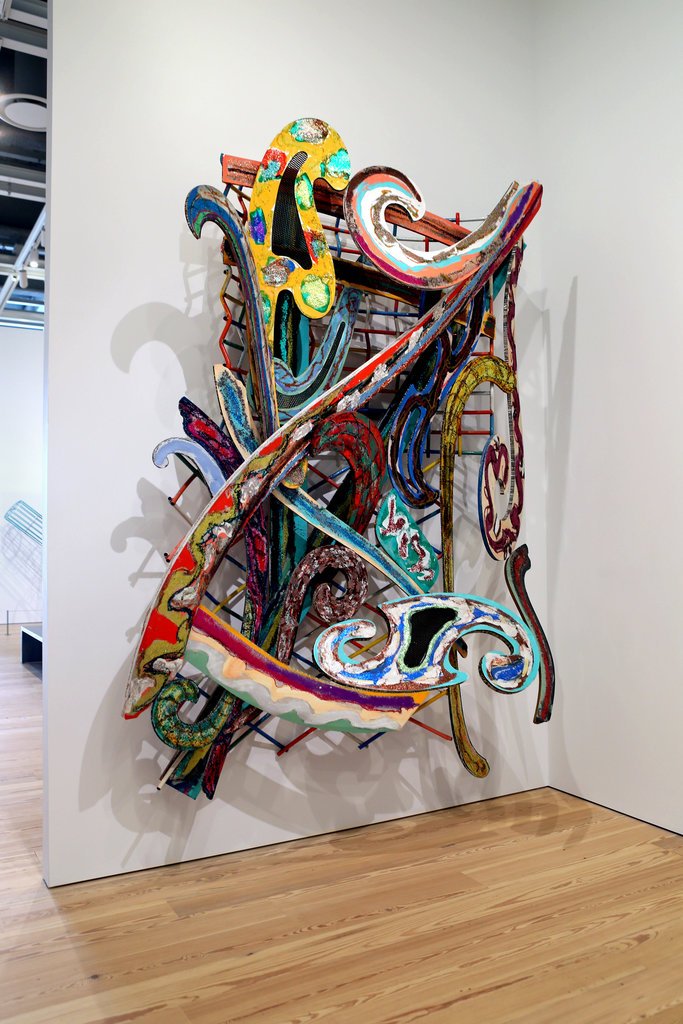Leonard Bernstein
(Burn-stine)
Born 25 August 1918, Lawrence, Massachusetts
Died 14 October 1990, New York, New York
Fast Facts
Conductor of the New York Philharmonic, first American born conductor of a major American symphony
Introduced classical music to a wide audience through the televised Young People’s Concerts
Wrote Broadway musicals, operas, film scores, and symphonies
Noted humanitarian who worked for human rights and world peace
Conducted Beethoven’s Symphony No. 9 in a reunited Berlin after the fall of the Berlin Wall
Leonard Bernstein
Conductor, Educator, American Original
Leonard Bernstein was born in Lawrence, Massachusetts in 1918. His interest in music began when his aunt gave the family a piano. He learned quickly, excelling in classical pieces as well as jazz and blues. He attended Harvard University, as a music major. After graduating, Bernstein went to the Curtis Institute for Music and spent summers studying conducting at Tanglewood, the summer home of the Boston Symphony Orchestra. In 1942, Bernstein moved to New York City where he took a variety of jobs and spent time composing. The next year he was named assistant conductor of the New York Philharmonic. Three months later, Bernstein became a household name when, at the last minute, he conducted the orchestra for a nationally broadcast concert, replacing the scheduled conductor who was ill. He followed up this success with the premiers of his ballet Fancy Free and the musical On the Town.
Over the next decade, Bernstein became one of the most famous musicians in America. In 1957, Bernstein completed one of his most famous works, West Side Story. That same year he was named Music Director of the New York Philharmonic, the first American-born conductor to lead a major American symphony. Bernstein used this platform to perform music by contemporary composers and to bring classical music to a wider audience through the televised Young People’s Concerts. In 1969, Bernstein left the symphony in order to spend more time conducting. Over the next two decades, Bernstein conducted widely throughout the world and completed several major works. In 1982, Bernstein conducted all nine Beethoven symphonies to air on PBS. Bernstein’s final performance was at Tanglewood on August 19, 1990. He passed away two months later and was buried with a copy of Mahler’s Symphony No. 5.
Romeo and Juliet in New York City
In 1949, the choreographer Jerome Robbins approached Leonard Bernstein and playwright Arthur Laurents to collaborate on a musical adaption of Shakespeare’s Romeo and Juliet, to take place on the East Side of New York City. This version would feature an Irish Catholic family and a Jewish family with the action taking place during Easter and Passover. Although they began some initial work, they abandoned the project shortly thereafter. In 1955, the three returned to the idea, adding Stephen Sondheim as lyricist. This new version moved to the West Side of the city and instead featured Puerto Rican immigrants, the Sharks, and their white rivals, the Jets. As in the play, the musical features star-crossed lovers, Maria, the younger sister of Bernardo, the leader of the Sharks, and Tony, best friend of Riff, head of the Jets who fall in love against the background of violence and hate. The musical had darker themes that highlighted issues of racism, crime, and discrimination that had not appeared on a Broadway stage before.
Bernstein’s score featured Latin dances and rhythms, as well as stunningly beautiful, and highly complex melodic lines. Robbins’ choreography was highly inventive, featuring stylized movements that fused perfectly with the score and used dance to tell large portions of the story. Sondheim’s lyrics were creative and inventive, utilizing wordplay and imagery throughout and creating lyrics that sounded like what real kids would say. The musical opened on Broadway in September 1957 to positive reviews. The show ran for 732 performances and was nominated for six Tony Awards. The movie version came out in 1961 and was nominated for eleven Oscars, winning ten, including Best Picture. A new adaption by Steven Spielberg was released in 2021.
“The Dance at the Gym” takes place early on in the show. The gym is neutral territory for the Sharks and the Jets; however, it becomes a pseudo battlefield in this scene. Over a series of dance numbers, the gang members and their girlfriends dance to a variety of Latin influenced songs, each taking a turn at center stage showing off their best moves. The “Mambo” is the heart of the dance battle and features accented dance rhythms, percussion, and brass to foreshadow the upcoming and climactic rumble. This fast paced and energetic dance makes us want to move along with the characters but is tinged with a darkness that hints at the tragedy to come.
Bernstein was born in Lawrence, Massachusetts.
He lived most of his life and eventually died in New York City.
“Mambo” from West Side Story
What to listen for:
Opening percussion
Rhythmic dance rhythms
Syncopation throughout
A short lyrical melody before the mambo rhythm comes storming back
Restless by Frank Stella, image source: https://www.nytimes.com/2015/10/30/arts/design/tracking-frank-stellas-restless-migrations-from-painting-and-beyond.html
Three Flags by Jasper Johns, image source: https://whitney.org/collection/works/1060
“Marylin 1” by Andy Warhol, image source: https://d2jv9003bew7ag.cloudfront.net/uploads/andy-warhol-marilyn1-865x577.jpg
Dancers by Charles Alston, image source: https://arthistoryproject.com/artists/charles-alston/
Pop Art Figures by Keith Haring, image source: https://www.artsy.net/artwork/keith-haring-untitled-five-dancing-figures
Fun Facts
Bernstein was working on Candide and West Side Story at the same time. Some of the music he intended for one show, ended up working better in the other. In the original versions, “Make Our Garden Grow” would have been in West Side Story while “One Hand, One Heart” was intended for Candide.
Bernstein was the accompanist for the Harvard Glee Club for a time while a student there.
At his grandmother’s insistence, Bernstein was named Louis when he was born. However, his family always called him Leonard or Lenny. At age fifteen, he formally changed his name to Leonard shortly after his grandmother’s death.
Fritz Reiner, Bernstein’s conducting teacher and conductor of the Chicago Symphony, apparently only gave one A in his teaching career, to Bernstein.
Lorne Michaels wanted Bernstein to host Saturday Night Live during its first season. Chevy Chase asked Bernstein in person at a party hosted by Kurt Vonnegut, but when Bernstein found out they wanted a Bernstein conducted SNLversion of West Side Story, Bernstein declined the invitation.
Pixar said Tony and Maria’s meeting was the inspiration for Barbie and Ken meeting in Toy Story 3.
In Bernstein’s recording of Beethoven’s Ninth Symphony with the Berlin Philharmonic Orchestra the trombones missed their entrance at the climax of the fourth movement. Apparently, an audience member fainted behind them right before their entrance.
Perhaps one of his most famous conducting performances was on December 25, 1989, when Bernstein conducted Beethoven’s Ninth Symphony in the newly reunited Berlin. The concert was broadcast live to an estimated 100 million people. Bernstein famously changed the text from Freude (joy) to Freiheit (freedom).
Both Bernstein and Adolph Green had to have surgery while they worked on On the Town. They ended up writing some of the songs that ended up in the show while convalescing. Bernstein’s sister remembered “The floor nurses and patients in nearby rooms were alternately amused and irritated by the singing and laughter that erupted from Room 669.”
The most famous song from On the Town, “New York, New York” was written while Bernstein was traveling to California. Most of this iconic song about New York City was written in the middle of Nebraska.
Although the film retained the story, Louis B. Mayer disliked Bernstein’s score and had the music rewritten by other composers, “New York, New York” being the notable exception.
If you liked “Mambo,” try:
Dance at the Gym from a percussionist’s view
Symphonic Dances from West Side Story, performance by the Frankfurt Radio Symphony Orchestra
Overture to Candide, with Leonard Bernstein and the Israel Philharmonic Orchestra
Symphony No. 1, “Jeremiah,” Movement II. Profination, Bernstein with the Israel Philharmonic Orchestra
Chichester Psalms Movement 1, Bernstein with the Israel Philharmonic Orchestra







